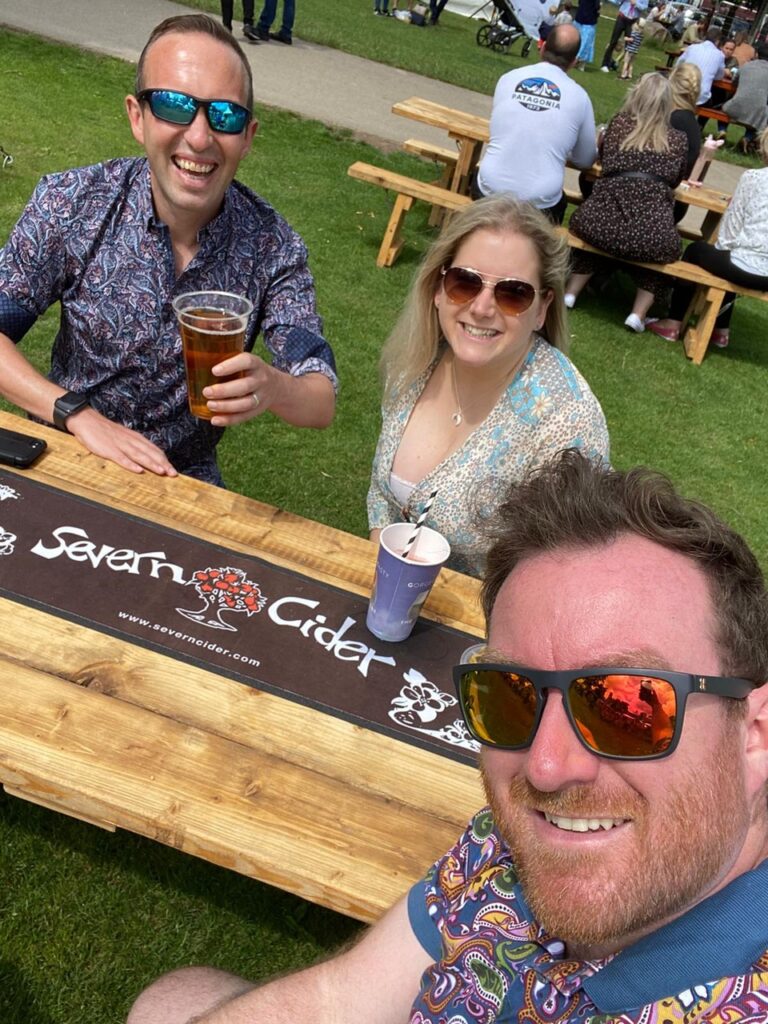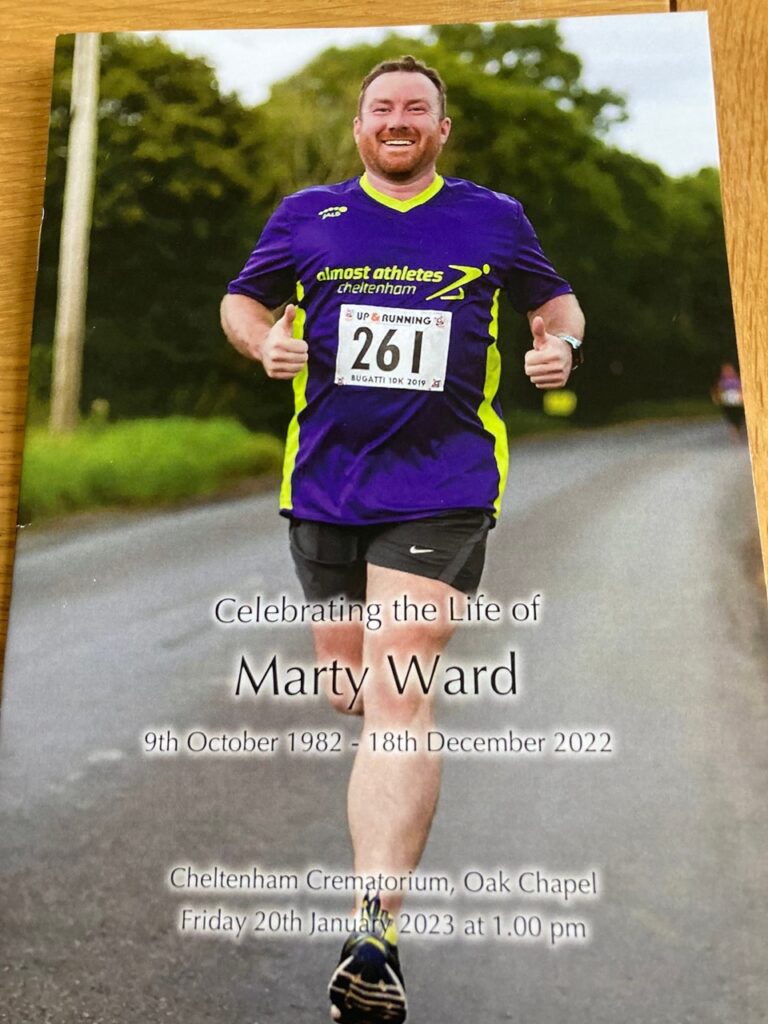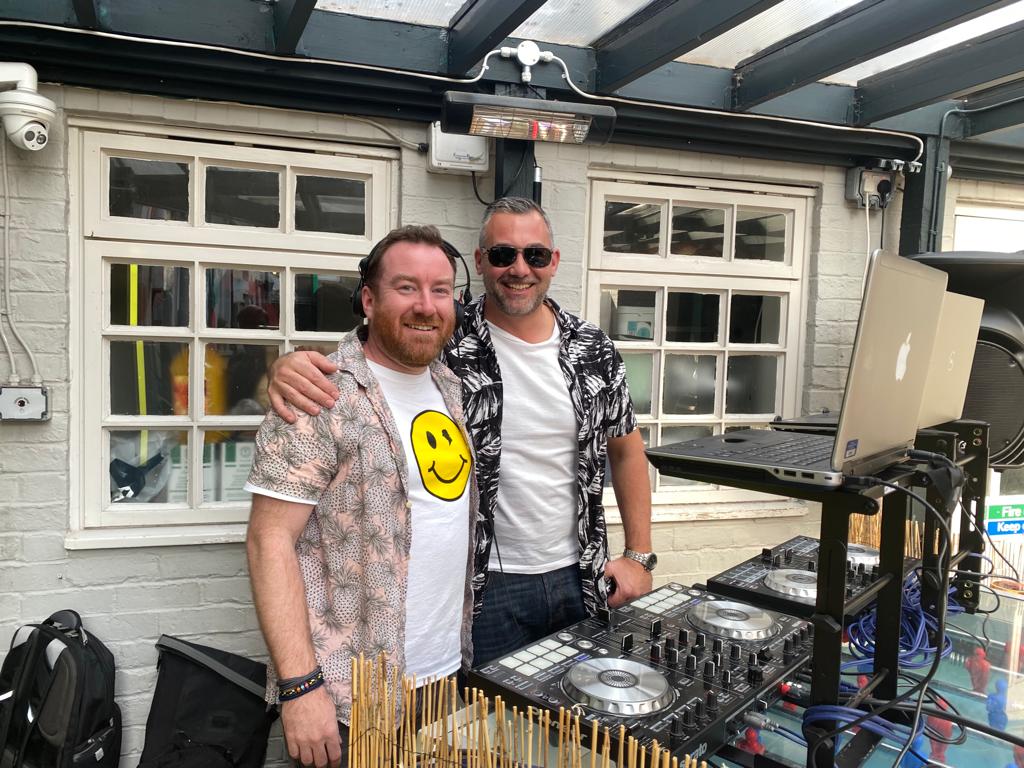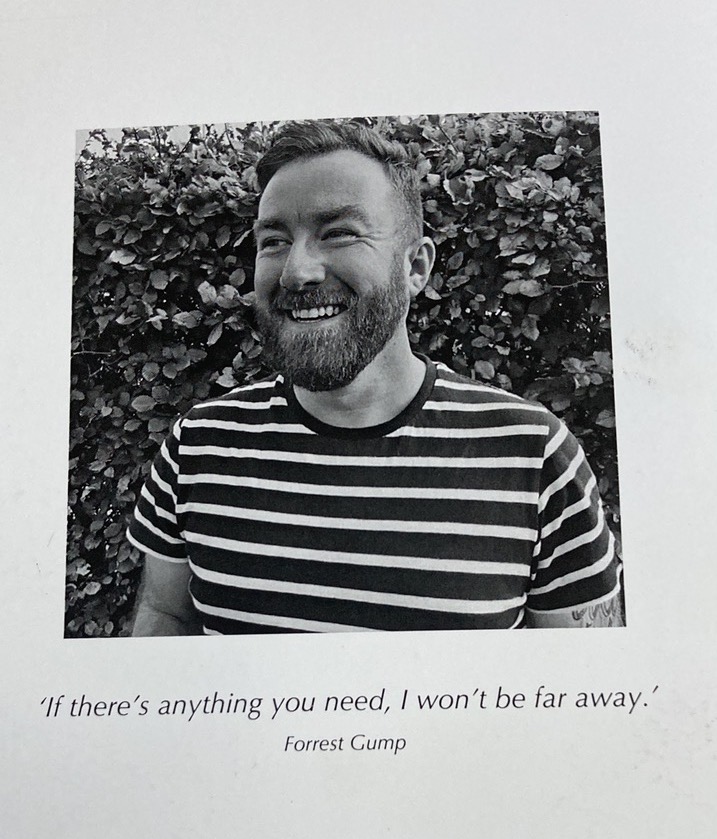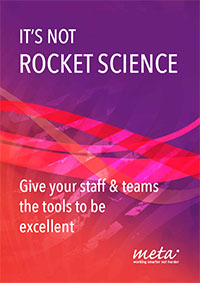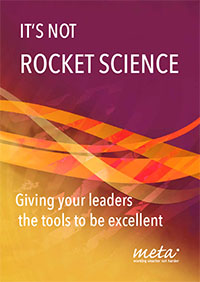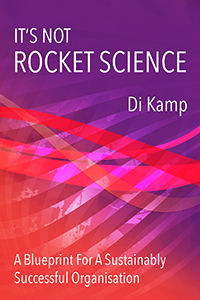In the 25 years Meta has been in business, it has been my great honour and privilege to meet and work with some amazing leaders. As we work across all sectors, I’ve worked with everyone from big brand global corporates to manufacturers, telecoms and finance, to government agencies, city and county councils, the NHS, charities big and small, non-profits big and small. In my experience, generally speaking, almost everyone wants to do a good job. Most people turn up to work wanting to get the best out of the day and get as much as possible done for the organisations they work for. There is a great work ethic in this country, and I have seen many a leader go way beyond the call of duty to get what needs to get done, done.
Ever since the financial crisis of 2008, organisations have consistently streamlined and “made efficiencies” to their organisational structures, so that many organisations, now, are between a third and a half of their original workforce. This means that most leaders are now doing the job that was once done by two or more people. Now, don’t get me wrong, I am all for efficiency minimising waste and duplication, however, there does come a point where there’s nothing left to cut away or “streamline”. I believe we are pretty much at that point now.
I see so many leaders in the Meta community whom we have worked with who are doing amazing jobs in very challenging organisational circumstances. I am often in awe of the leaders who I work with, in how they manage to get done what needs to get done, despite the lack of resources and budgets they have at their disposal.
This is especially true of the public sector. I am really fed up, as a business consultant, of hearing the government keep telling the UK population that the public sector is wasteful, bloated, and lazy. Are there savings to be made? Are their inefficiencies that could be improved? Of course there are! But what organisation, of the size these organisations are, would not have the same issues —no matter WHAT sector they are from?
In the last month, the government has singled out the NHS (in particular for this article, Integrated Care Boards (ICBs)) for severe cuts, cuts that have already been happening significantly and regularly even since I started working with them 11 years ago. This “administrative function” (the ICBs) found out about the cuts in the press (not from the government themselves) — 50% cuts by October this year was quoted (that’s on top of the 20-30% cuts they were already being asked to make).
You do the maths. That’s a heck of a lot of savings — an unrealistic amount if you want the organisation to function in any meaningful way.
It has been my great honour and privilege to work within the NHS, and I wanted to use this month’s Meta article to tell you why I think those leaders I’ve worked with inside the NHS are the most amazing leaders I have ever worked with.

The NHS is a confusing and baffling organisation. It has so many layers, oversight boards, regions, national bodies, local bodies, partnerships… but it has one overriding purpose: to make things better for the communities that it serves. Now, I cannot defend the WHOLE of the NHS, or its structure (much of which has come from consultations with the big business consultancies: KPMG, Deloitte, PWC, et al). All I want to do here is lay out the case for why I THINK the NHS leaders (specifically within the ICBs/NHS trusts that are being asked to make these cuts) I have worked with are brilliant, undervalued and, right now, being treated appallingly.
When I first started working within the NHS, I found it really hard to wrap my head around the structures, the governance — national, regional, localities. It was mind-bending just how many different things had to be taken into consideration as a senior leader within an ICB (they were called Clinical Commissioning Groups (CCGs) when I started with them). I have worked with many, many, senior leaders in all sectors in my 25 years at Meta, from corporate execs in global businesses, to plant managers, strategic directors, CEOs, CFOs, and COOs. It’s fair to say that none of those roles are particularly easy, they have varying degrees of leadership requirements, but all are complex in their own ways. Almost none have impressed me as much as those I have worked with within the NHS.
In a corporate business, there is at least some budget (for the organisational operational delivery if nothing else) and an ability to take on resource in order to deliver on your targets and corporate business plans. In the NHS I have watched, year after year, budgets reduced and cut. So many new roles/posts agreed, then taken away because budgets can no longer support them. I’ve seen the struggle for leaders to employ the skilled staff they need because they cannot offer anything like the market rate for the level of manager or leader they require. I’ve seen them struggle with the turnover of staff (especially in lower entry level roles) because there is always someone else who can pay them more.
The consistent message in the NHS areas I have worked in has been, certainly in the last 5 years, do more for less. You can’t hire unless you can make the equivalent savings, don’t ask for more resource because there is none.
I have supported senior leaders and teams within the NHS whenever I can, because I have come to realise they are doing the very best they can in an almost impossible situation. Many are close to burnout and almost all are in and out of overwhelm. Why? Because there is just so much to be done, and they have not got the right level of resource to get it done.
We all remember the amazing work that the NHS did during the pandemic. Without them, where would we be? We recognise the work done by the frontline staff, the doctors, the nurses, the hospitals etc., and the government rightly protects their jobs, but we forget that the leaders and managers in ICBs (and NHS trusts) have been just as much on the frontline. Helping set up the pandemic Nightingale Hospitals (from scratch with no blueprint of how to do it), creating the supply chains to get important medical and protective equipment to the right places, setting up food banks to ensure that the most vulnerable in their communities got the basic supplies they needed, and redeploying staff across organisations to manage significant staff shortages. I was talking with many of the leaders I work with in the NHS during the pandemic, and they were consistently working 14hours+ a day 6 or 7 days a week, to do what needed to be done, without any complaints, often to the detriment of their own health.
Many are still recovering from the pandemic; their resilience has been tested to its limits and beyond. I have seen many have breakdowns, severe life-threatening illnesses and mental health episodes amongst those leaders I have worked with. Of all the people I work with, it is those in the NHS that I worry about the most. They have given so much and do such brilliant work in almost impossible circumstances. I would challenge any senior leader within the corporate sector to try and do what these leaders do with the resource and budgets at their disposal.
They have to work in a complex system that requires every single leadership tool that I’ve ever come across. Often, they are expected to react, in moments, to a government dictate or change in policy or political direction. There is very little consistency of message or direction of travel from the powers that be, and it is a very challenging environment to work in. It’s nigh on impossible and I don’t know how they do it.
Not only do they do it, but they do so with good grace. They understand, as public servants, that things may well change next week, and they will adapt, and they will ensure that what they have is delivered is to the best of their abilities. More cuts? OK, we’ll do what we can to make that work. No matter whether they agree with them or not, they will implement them and make it work. Give them the target and leave them to it — they WILL GET IT DONE. I am astounded at how they manage to do it.
It blows my mind how resilient the leaders I work with are. They inspire me in their dedication and public service. They are TRUE public servants. They deserve our respect and gratitude, they really do. I have often offered to do my work within the NHS for free because there are “no budgets this year”, and I have many pieces of work get shelved because cuts have come out of nowhere. But I still do what I can to support them, formally and informally, because I believe in these leaders and the institution and founding principles of the NHS. And I will continue to support these amazing leaders in any way I can.
I encourage YOU reading this to do the same. I want you to know that, in my opinion, the NHS is in incredibly safe hands — those leaders I know (and yes, I am sure there are some leaders, as within any organisation, who are not as good) are AMAZING — TRULY AMAZING. I don’t know HOW they do what they do, and I wanted to celebrate them in this article. Along with reminding you that not everything a politician says is true (as if you didn’t already know that).
These public servants go way beyond the call of duty to deliver on your behalf and improve your local NHS services. They should be applauded and celebrated, not berated and told they are “lazy”. I’d like Wes Streeting and Rachael Reeves to spend a month in their shoes — I think they’d quickly understand, like me, how brilliant, talented, and amazing the NHS leaders are, and how LUCKY we are, as tax-payers and as a nation, to have them working on our behalf.
I want those leaders in the NHS who I have worked with to know that this article is for you — I am in awe of what you do. You are doing an AMAZING job in incredibly testing times, and I want to celebrate you today. What I see in you is the very best of humanity — you are humble, kind, compassionate, and you CARE. You genuinely want the best for those communities you serve and you genuinely get stuff done! I want to publicly THANK YOU for that service here today.
Whatever is to come, Meta will continue to support the NHS in any way we can. I will support you in any way I can. So please DO call on that support anytime.
I hope today’s article has given you some food for thought, and I hope that wherever you are and whatever you do, you know that Meta is here for you too.
On the topic of support, we are setting up a NEW META LEADERSHIP NETWORK and we’d love you to be a part of it. Our first event is being held on June 3rd and we’ll be discussing what it is like to lead and be a leader in the hybrid era. So, if you’d like to join that event (it’s FREE) and join in the conversation, contact me via email at jo@metapositive.com and I’ll send you the more detailed info.
In peace,
Jo
META CEO




